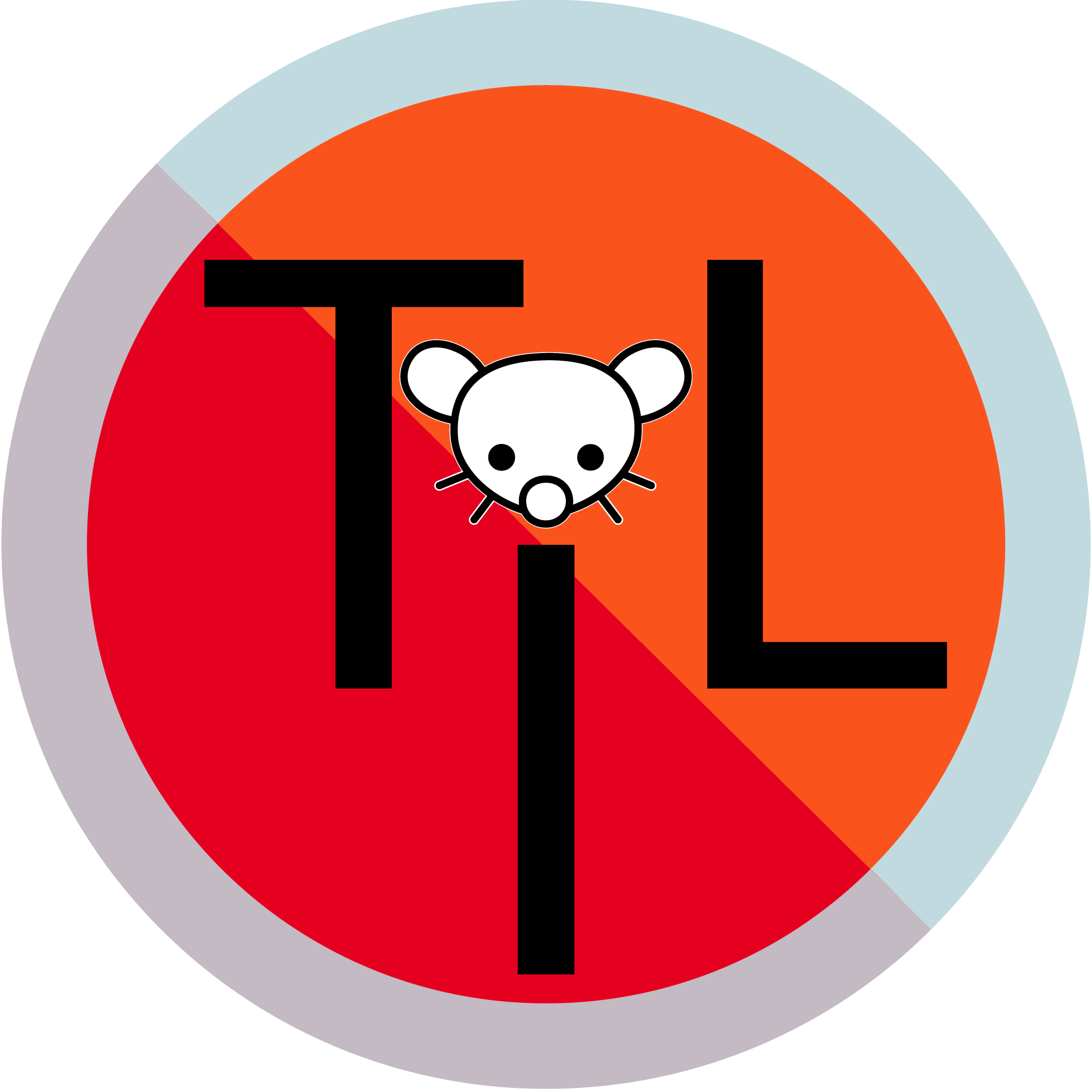

Wow, TIL.
I based that off fedidb but it seems to be very inaccurate. Obviously it wasn’t tracking until a certain point in Lemmy development.
I’ll make a list of the major instances from before the APIcalpyse of June 2023 that are still active. For the Lemmy historians 🧐. I’m mostly basing this by the top admin account on each server, because the admins are listed in order of seniority in the sidebar.
- lemmy.ml - Apr 2019
- lemmygrad - Aug 2019
- hexbear/chapo - July 2020
- szmer.info - Aug 2020
- lemmy.ca - Dec 2020
- sopuli.xyz - Feb 2021
- midwest.social - Aug 2021
- mander.xyz - Dec 2021
- beehaw.org - Jan 2022
- slrpnk.net - April 2022
- feddit.it - May 2022
- lemmy.blahaj.zone - Jan 2023
- infosec.pub - May 2023
Honorable mention to feddit.de which was an early instance too IIRC and now lives on in feddit.org
This is largely just an interesting piece of trivia, but also somewhat notable because servers generally don’t federate content from before they were founded. So the older servers will have local copies of posts and comments from the early days of Lemmy.
For instance @[email protected] actually has 2.37k posts and 1.73k comments. But sh.itjust.works only caches about 850/800 posts/comments from that account, because we only joined the network in June 2023.


I agree, I think Lemmy should add an option to fetch all the historical posts from a remote community. Right now it just starts federating from when the first person subscribes to that community, but it would be better if it was retroactive.